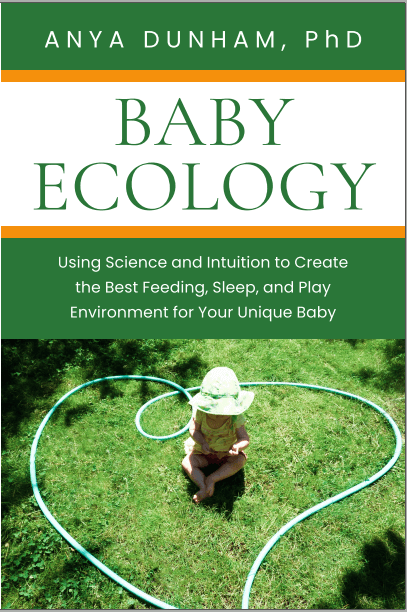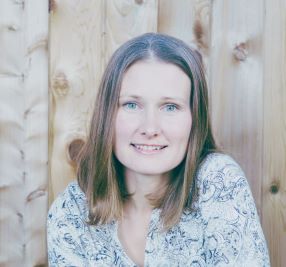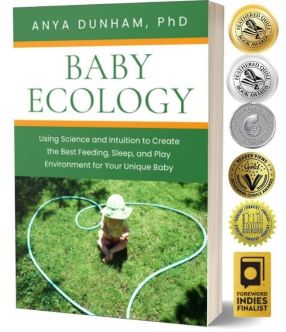Baby Ecology book is here! Learn more
Baby Ecology book is here!
- Home
- Baby activities
- Pandemic babies
Will our “pandemic babies” be socially disadvantaged?
by Anya Dunham, PhD
We won’t have solid answers for a while, but science so far suggests our pandemic babies will be okay.
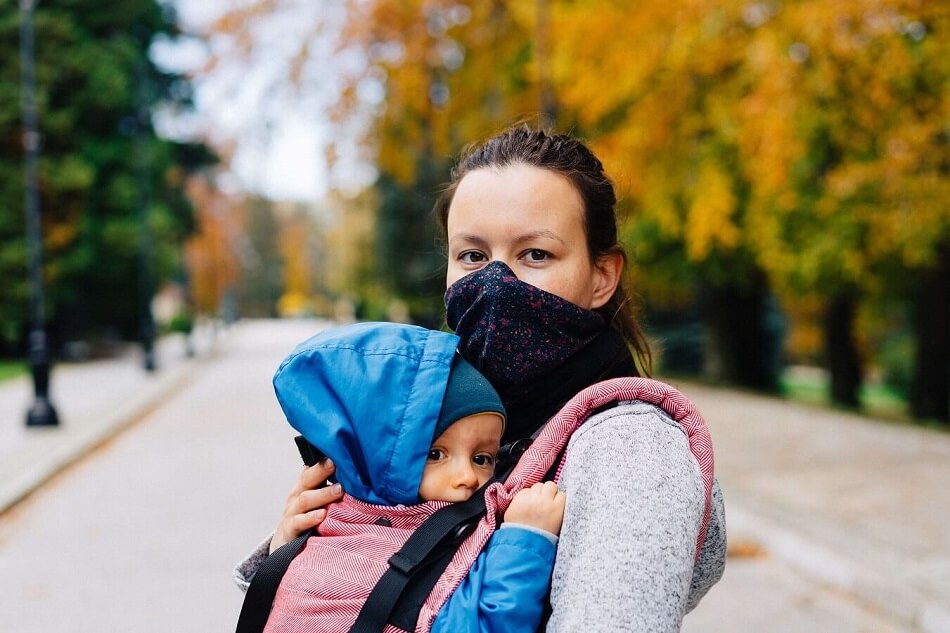
My youngest was born in the summer of 2020. As I write this in the spring of 2021, he has not yet met his grandparents, aunts, uncles, or cousins; he has never seen his pediatrician without a mask; he’s never played alongside a baby his age; he hasn’t been to a baby-parent group, library, or swimming pool; he has only visited nearby towns and is yet to ride a bus, train, or airplane… He is our pandemic baby.
Like other moms, I have wondered if being born into a pandemic could affect early development, and I turned to science to find the answers.
The pandemic has affected everyone, but although we were all in the same storm, we were in different boats. The tolls the pandemic has taken on health, finances, medical care, support systems, and parental stress have been much greater for some families than others. How these factors affect babies, directly and indirectly, is challenging to quantify. Here, I will focus on only one aspect: social distancing and reduced interactions with the outside world during baby's first year.
Will our pandemic babies be disadvantaged?
Will their cognitive or social-emotional development be affected?
The short answer is, we can’t know for sure. A global social change of this magnitude has never happened before in our modern society. But there are two sources of information we can draw on at this point:
- What we already know (from pre-pandemic studies) about babies’ learning and growth
- Scientific studies done during the pandemic that are now getting published
Let's take a look.
Pandemic babies: cognitive development
Cognitive development refers to a baby’s growing and changing mental abilities: thinking, reasoning, and understanding. During the first year, babies gradually get better and better at gathering and organizing information, remembering, problem solving, and predicting events. And to do so, they use universal learning methods that closely resemble scientific research.
In a nutshell, babies’ brains constantly look for patterns in the world around them. They are making mental maps: “When I see this happen, I can expect that.” They also look for surprise events that don’t fit into the patterns they learned previously.1 For example, by about five months babies learn that objects which are dropped usually fall down2 and may be surprised to see a balloon floating in the air. Our babies learn about the world around them by figuring out patterns and noticing new events.

Fortunately, a typical home environment provides many opportunities to see patterns and notice new things. It’s perfect, actually. Babies learn about physics (“My bath toys float in the water… but this heavy spoon I brought from the kitchen does not”), emotions (“When my big brother cries he is usually sad… but also sometimes angry”), and relationships between people (“When I smile, daddy smiles back, and I feel good… but this does not happen when we are looking away from each other”).
The everyday events and routines at home hold many patterns. They also bring enough novelty... because everything is new to babies.
In addition, a calm, consistent home environment helps babies stay rested and protects them from overstimulation: two important "ingredients" for learning. A well-rested baby is calm and regulated when he’s awake, which helps him detect new things around him; when he goes to sleep later on, his experiences are integrated into his memory.3,4 So, being at home may actually help babies learn.
Now, new research by Sean Deoni et al5 (at the time I write this, available as a preprint - an early stage research paper that has not yet been peer-reviewed) has recently garnered a lot of media attention. In this study, pandemic babies showed a large and significant reduction in scores on cognitive development tests compared to babies born and tested pre-pandemic. Covering this study, The Guardian reported that pandemic babies had “shockingly low” scores, at levels not typically seen “outside of major cognitive disorders”.
This certainly sounds very concerning. However, once I read the original study, I fully agree with Dr. Kiley Hamlin's opinion: drawing such conclusions from this study is ill-advised and premature. In this study, babies were tested in the lab by a stranger wearing a face covering; I imagine that many pandemic babies may have felt in this environment the same way you and I would feel if we were abducted by aliens. (I don’t think I would perform my best on an IQ test from an alien spaceship!). I would also expect some pandemic babies to have had a difficult time concentrating on a task the researchers were asking them to do, because the overall lab environment must have been very novel and interesting to them. (Some babies might have not been out of their home much at that point.)
I strongly believe this study would benefit from including measures of cognitive development taken in babies’ homes. For now, all we can say is that pandemic babies scored lower on Mullen Scales of Early Learning when tested under pandemic-induced conditions in a lab environment.
Pandemic babies: social-emotional development
Social-emotional development refers to our babies' growing abilities to experience, express, and manage emotions and build relationships with others. In supportive environments babies gradually get better and better at communicating their needs and feelings, understanding their own emotions and the emotions of others, and carrying forward a sense of competence and trust.6
Our babies are born capable and aware. Newborns can already tell if someone is looking at them or away from them.7 Even one-month-old babies can perceive facial expressions; if a parent assumes a sombre, still face showing no emotion, baby’s heart activity changes in a distinct way that indicates distress and active coping. This means babies sense their parents’ support and learn to rely on it very early on.8 By six months babies learn to anticipate actions they see and experience regularly, and can even recognize whether behaviours of others are helpful or unhelpful.9 Learn about the ways we can support their development in my award-winning book, Baby Ecology.
What babies accomplish in their first year – how much they learn and change – is truly astounding. We, parents and caregivers, can do a lot to support their social-emotional development. But science suggests that diverse interactions with the outside world are not critical.
According to the theory of attachment, most important for healthy social-emotional development is a close, committed relationship with one or more adults.10 Secure attachment forms best when this adult or adults show sensitivity and mind-mindedness.
It is, of course, wonderful for a baby to be part of a loving community of extended family and friends, but not having that during the first year still allows for secure attachment and healthy social-emotional development.
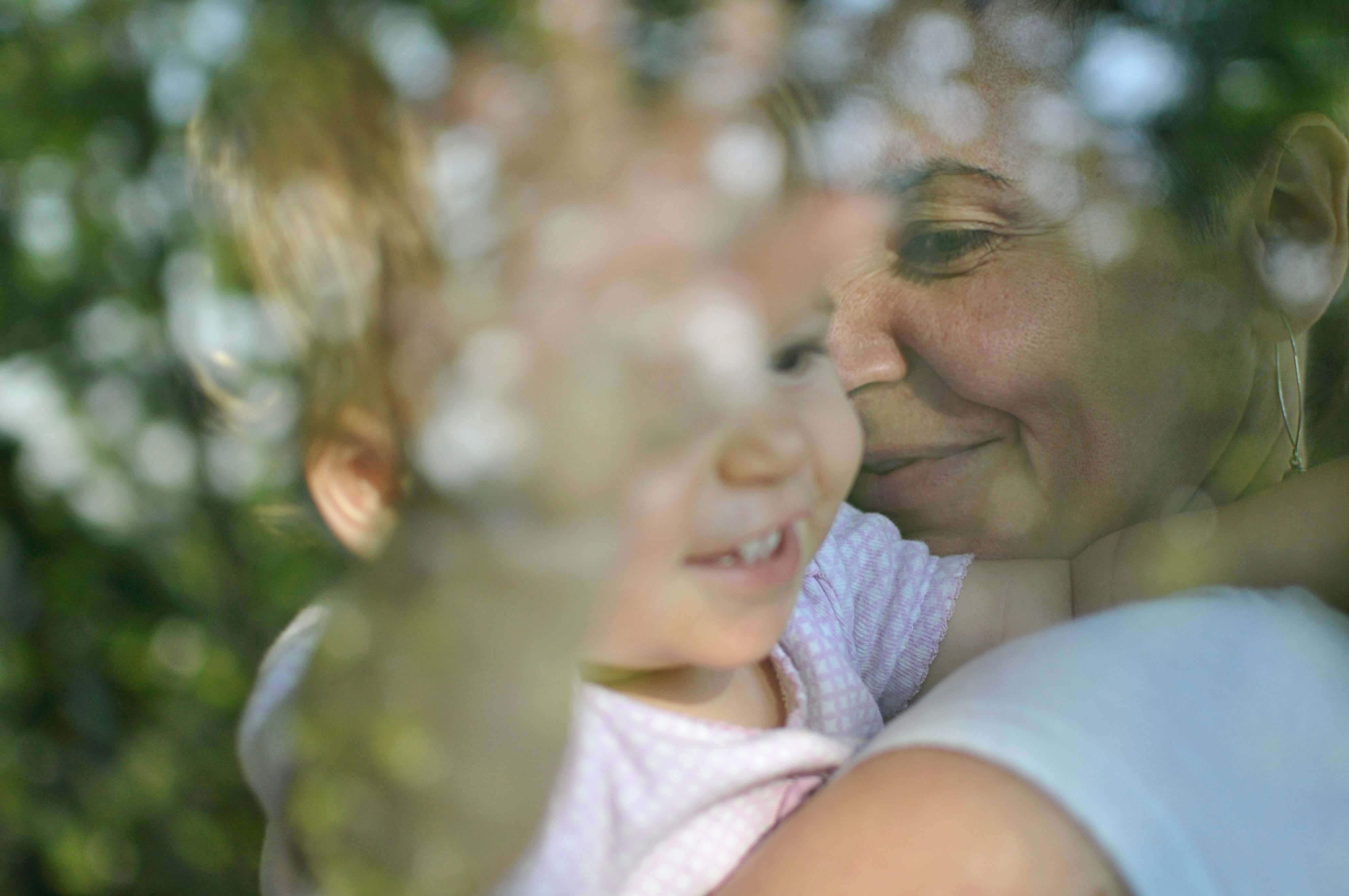
“Every child needs at least one adult who is irrationally crazy about him or her.”
— Urie Bronfenbrenner, Cornell University
What about mask-wearing? Are babies affected by being surrounded by people in masks? Could they have trouble connecting with others?
A recent study11 suggests that babies don't mind when mom puts on a mask. This study’s lead researcher is widely known for the Still Face Experiment that recorded how babies respond to their moms stopping mid-play and assuming a somber, “still” face. The babies showed surprise followed by distress (you can see a video example here).
Does mask wearing result in a similar response? Happily, the researchers found out that it doesn’t. Almost all babies reacted in some way to their mom putting a mask on and taking it off, but the mask wearing did not disrupt their ongoing interaction. As Dr. Alison Gopnik wrote in her analysis of this research, “Babies can look through the masks and just see the love underneath.”
Our little boy will soon be a toddler. Has he done and seen less than his older sisters have by this age? Yes. Do I wish he got to spend time with our extended family? Yes, absolutely. But he got to do more of other things. He was hugged by his working-at-home dad more often; he saw the many giggles and squabbles of his online-learning sisters; he explored every inch of our small backyard at his own pace; his sleeping and eating habits developed naturally against the backdrop of the slow, predictable days at home.
I can’t wait for him to experience more of the world. For now, I trust that he will be okay.
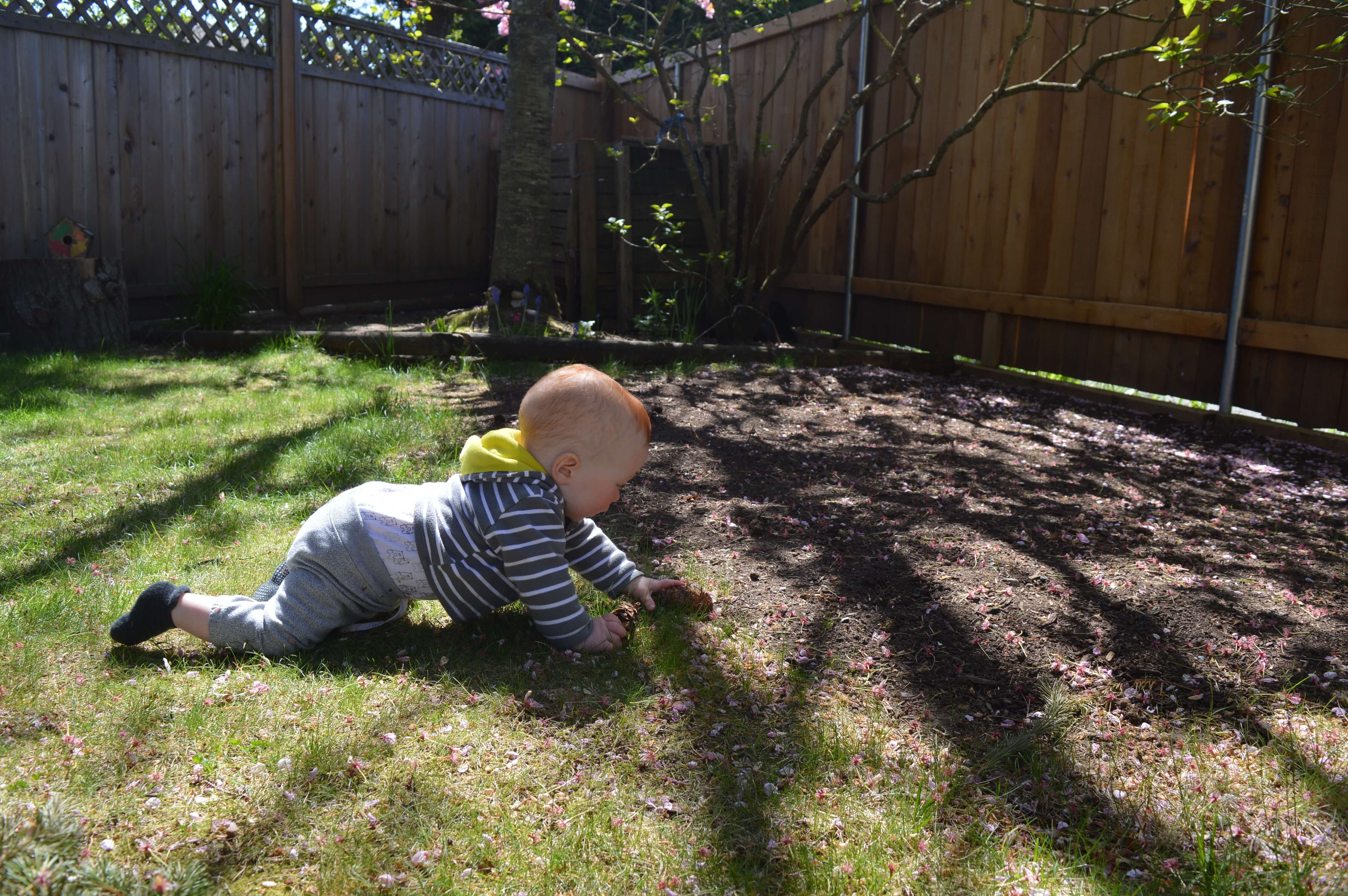
You might also be interested in:
References
References
1. Marcus GF et al (1999) Rule learning by seven-month-old infants. Science 283(5398): 77-80
2. Needham A, Baillargeon R (1993) Intuitions about support in 4.5-month-old infants. Cognition 47(2): 121-148
3. Rauchs G et al (2008) Sleep modulates the neural substrates of both spatial and contextual memory consolidation. PLoS One 3(8): e2949
4. Horváth K et al (2018) Memory in 3-month-old infants benefits from a short nap. Developmental Science 21(3): e12587
5. Deoni SCL et al. Impact of the COVID-19 pandemic on early child cognitive development: Initial findings in a longitudinal observational study of child health. medRxiv 2021.08.10.21261846; doi: https://doi.org/10.1101/2021.08.10.21261846
6. Rosenblum KL, Dayton CJ, Muzik M (2009) Infant social and emotional development: emerging competence in a relational context. Pp. 80-103 in: Handbook of infant mental health, 3rd ed. (ed. C. H. Zeanah Jr.). The Guilford Press, New York, NY, USA
7. Farroni T et al (2002) Eye contact detection in humans from birth. Proceedings of the National Academy of Sciences 99(14): 9602-9605
8. Adamson LB, Frick JE (2003) The Still Face: a history of a shared experimental paradigm. Infancy 4(4): 451-473
9. Hamlin JK, Wynn K, Bloom P (2007) Social evaluation by preverbal infants. Nature 450: 557-559
10. Ainsworth MS, Bowlby J (1991) An ethological approach to personality development. American Psychologist 46(4): 333-341
11. Tronick E, Snidman N. Children's reaction to mothers wearing or not wearing a mask during face-to-face interactions. https://ssrn.com/abstract=3899140 or http://dx.doi.org/10.2139/ssrn.3899140
Using hundreds of scientific studies, Baby Ecology connects the dots to help you create the best environment for sleep, feeding, care, and play for your baby.
Warmly,
Anya
